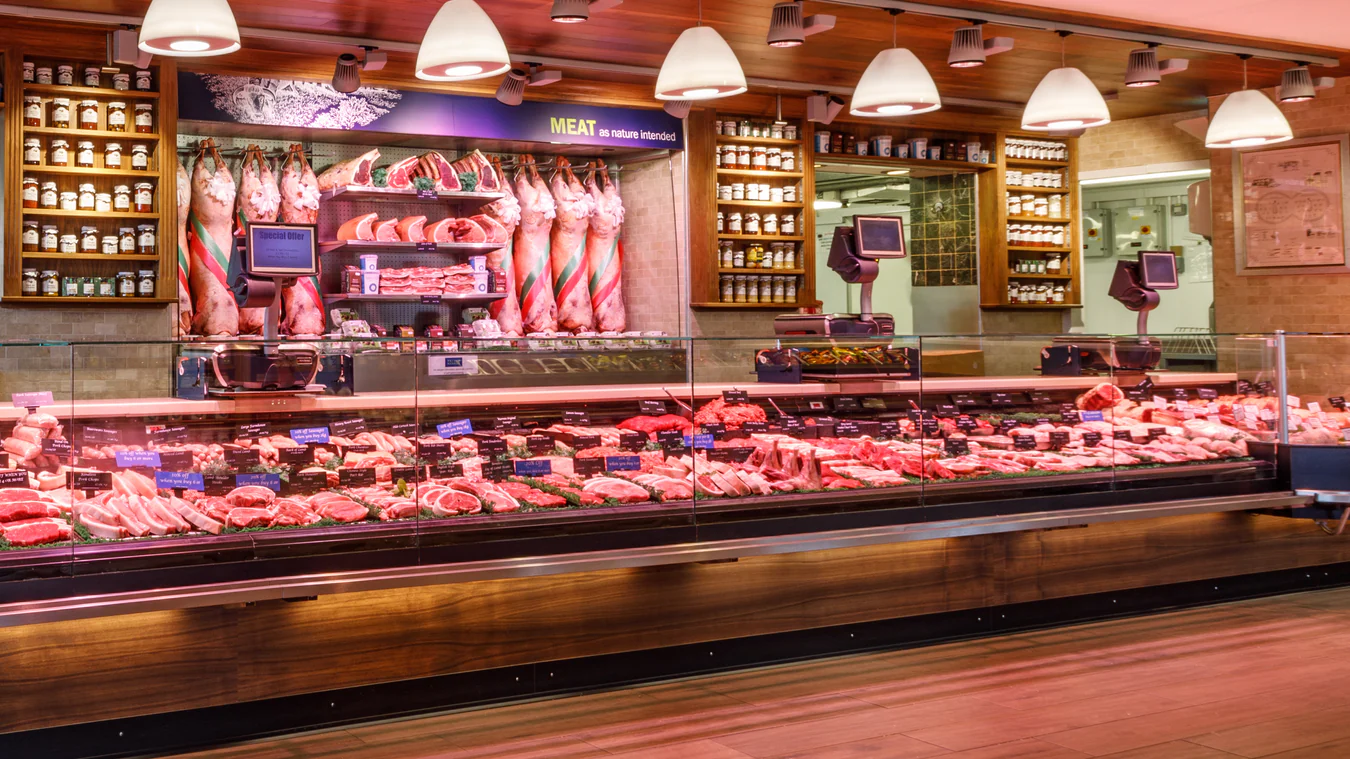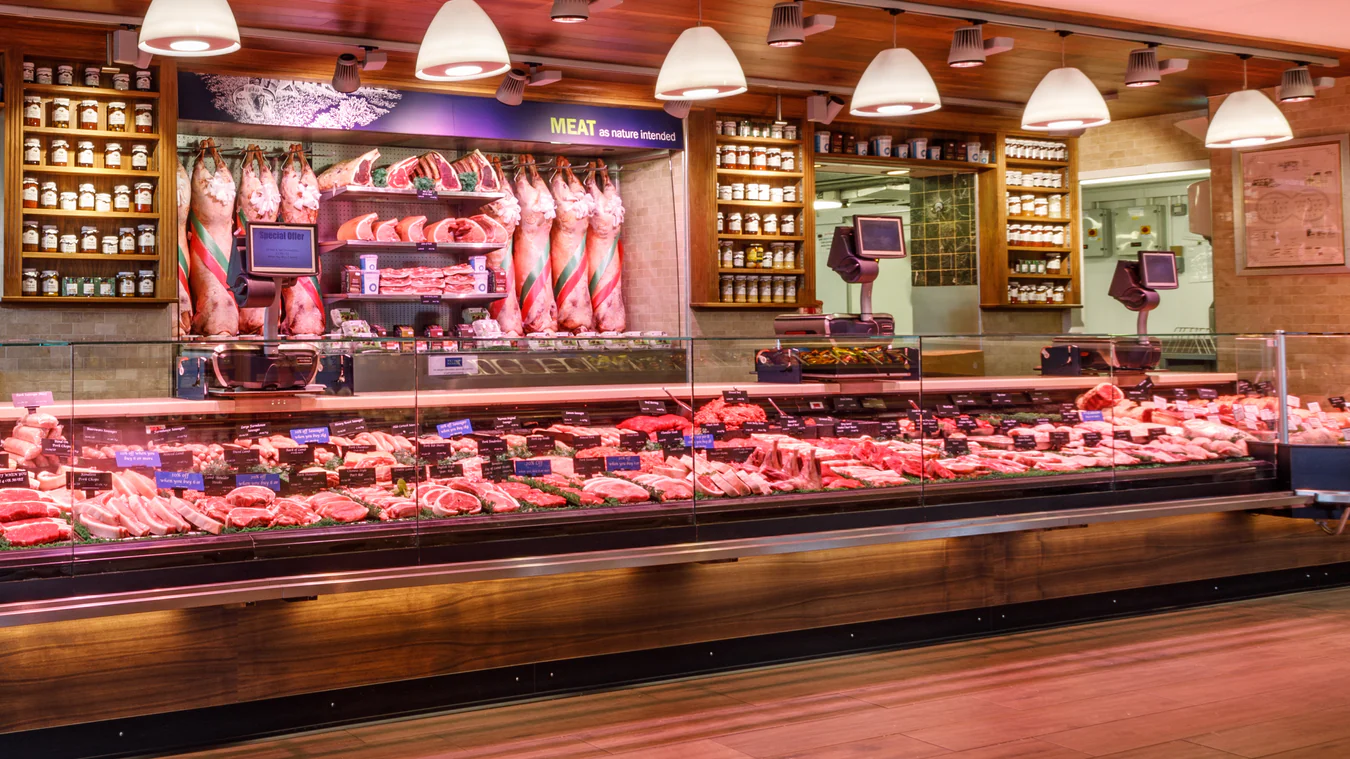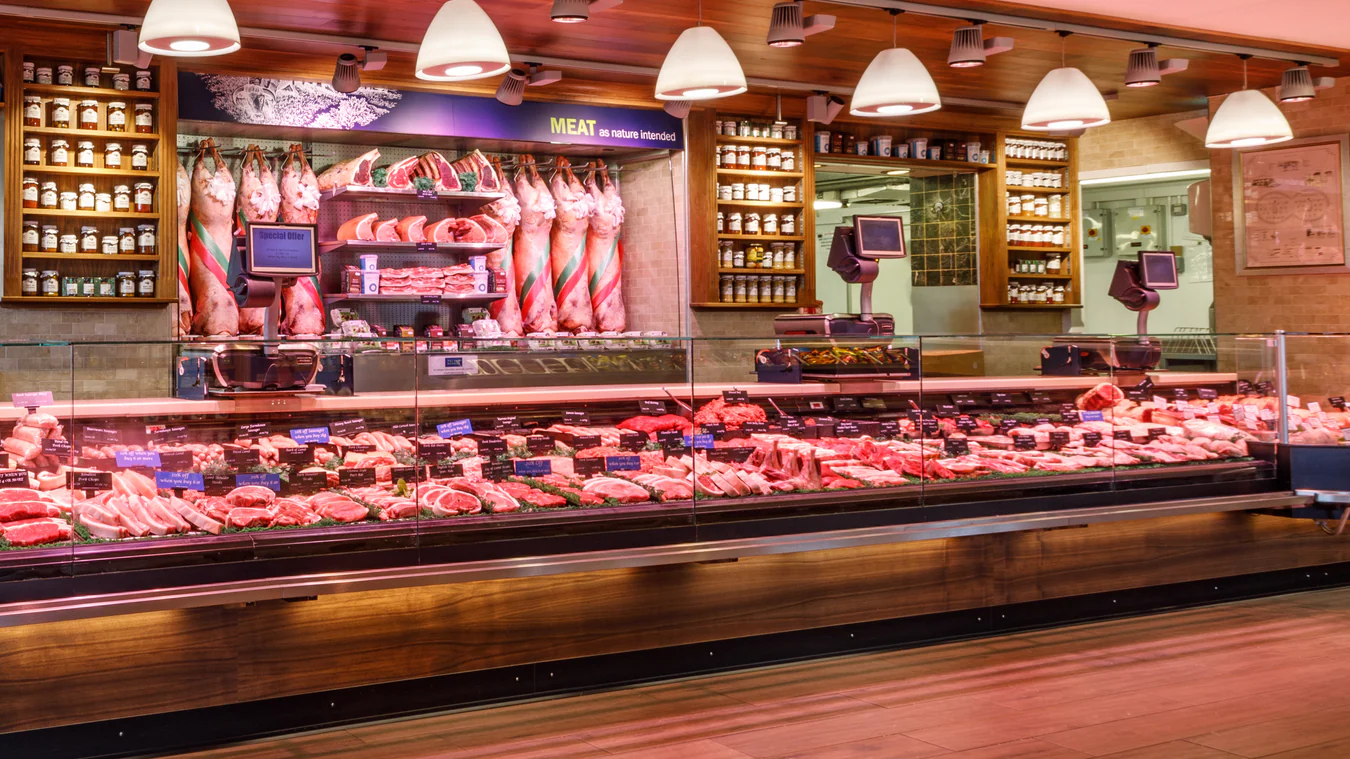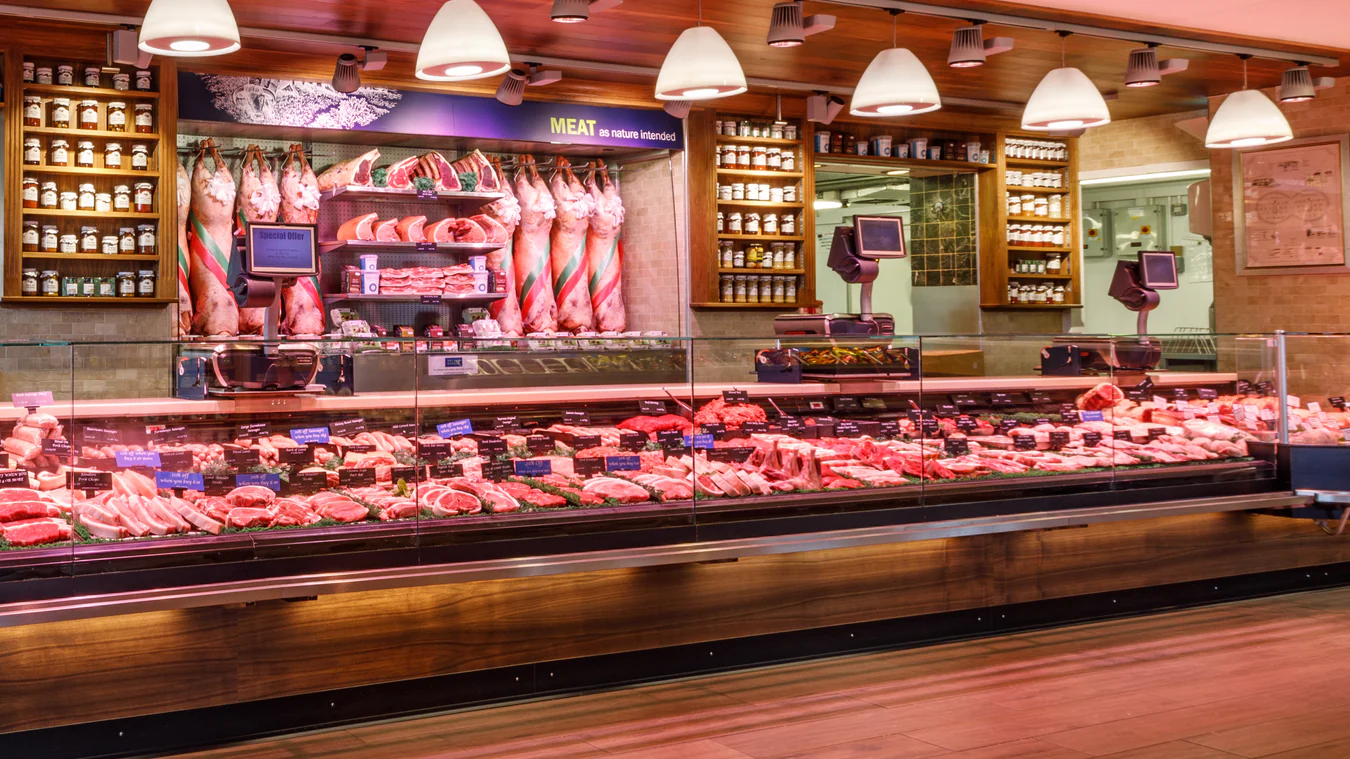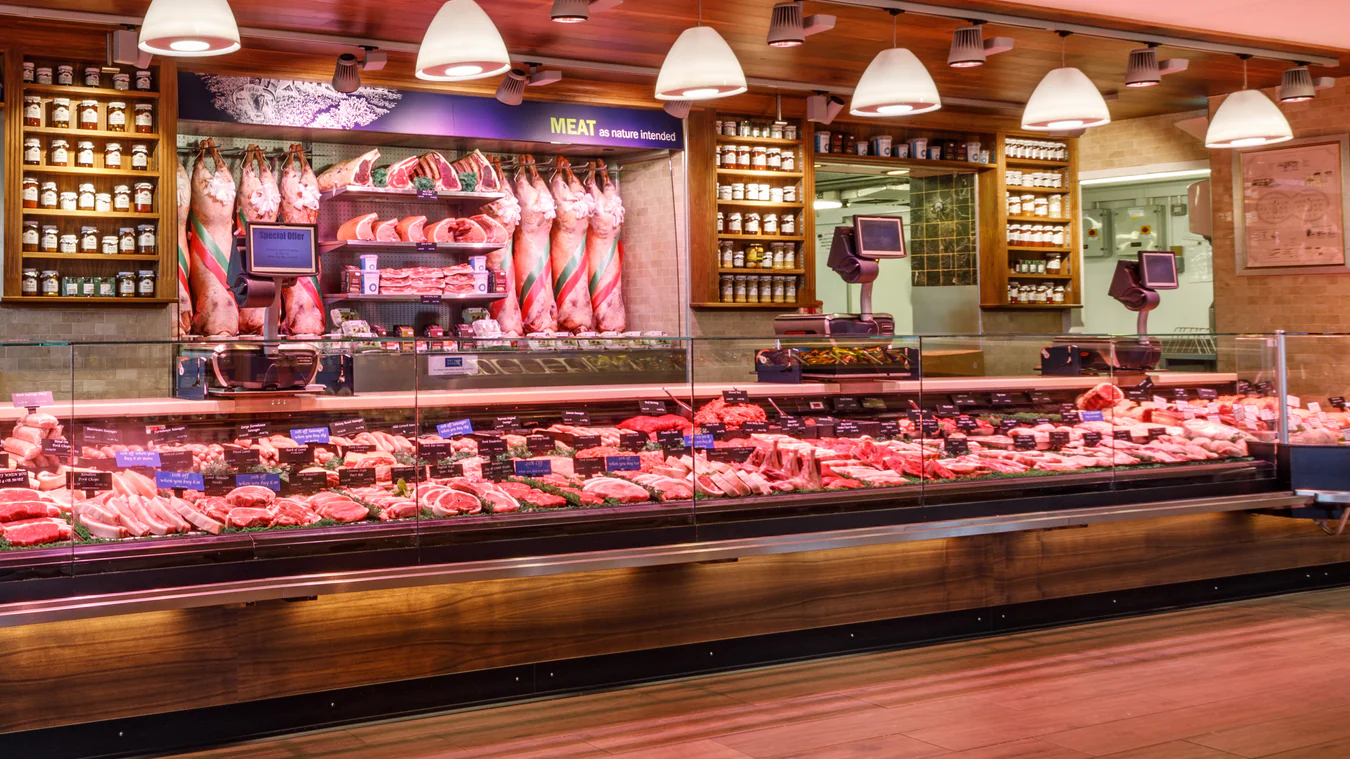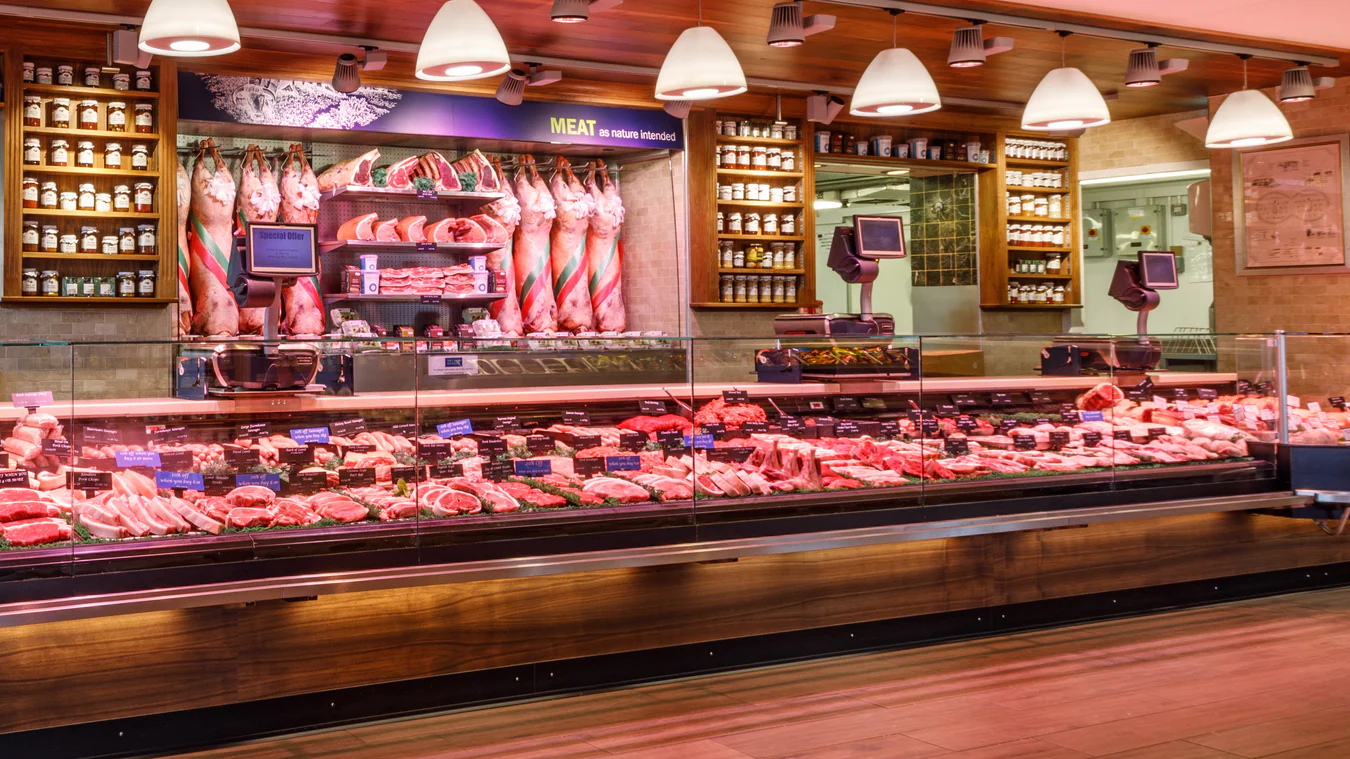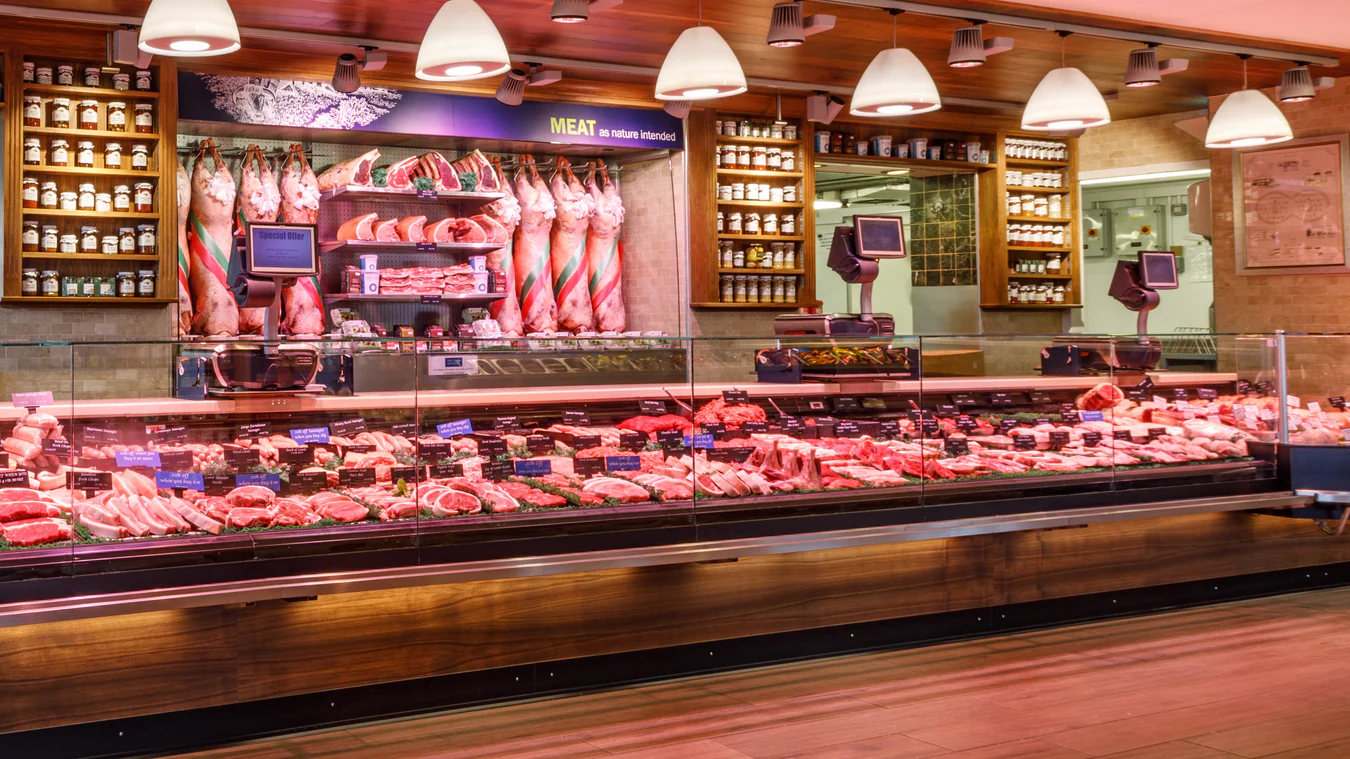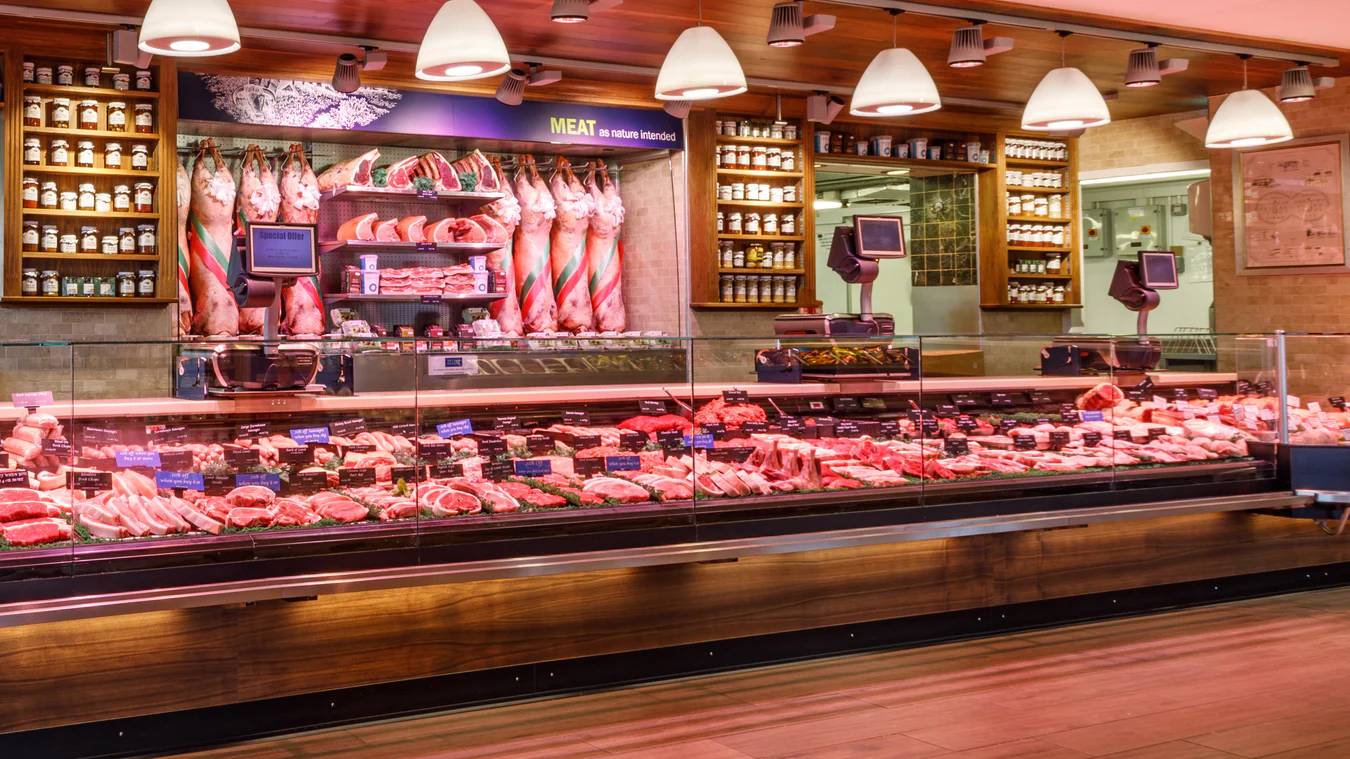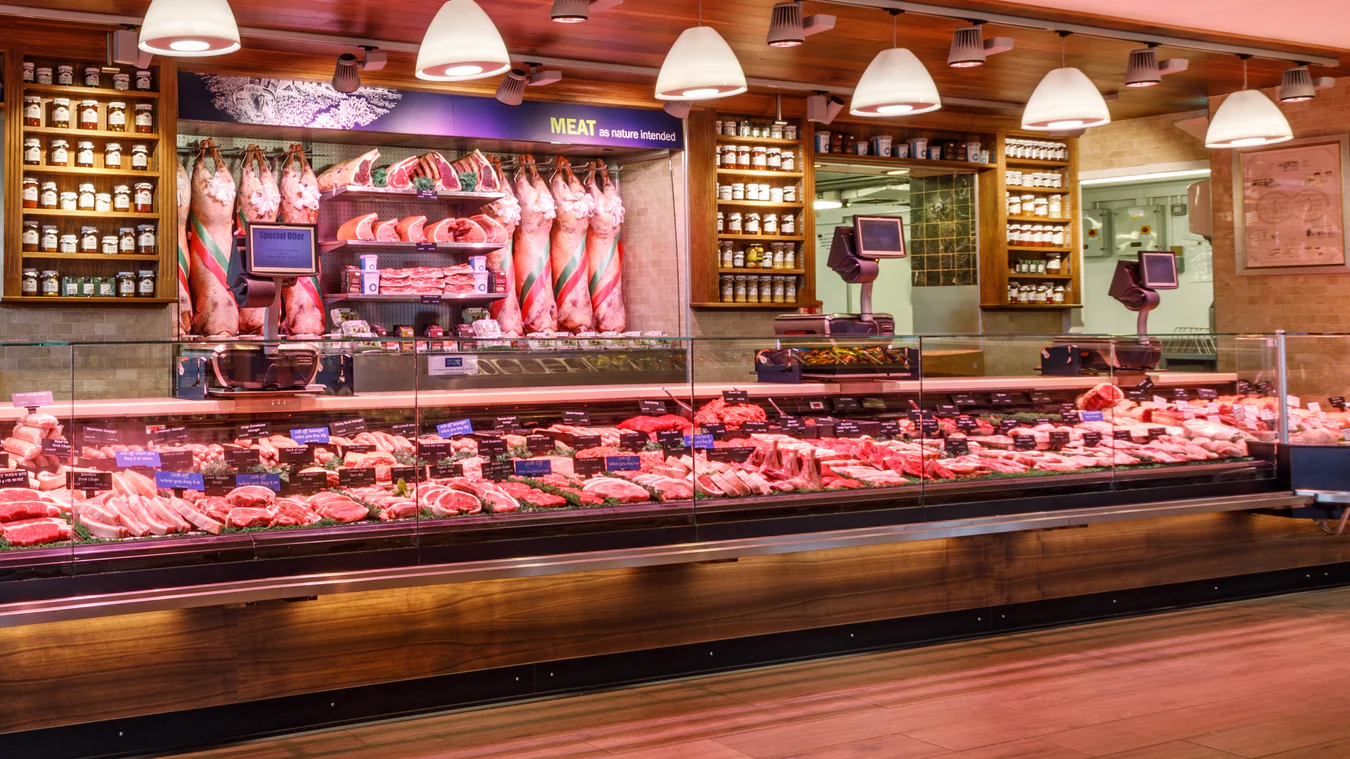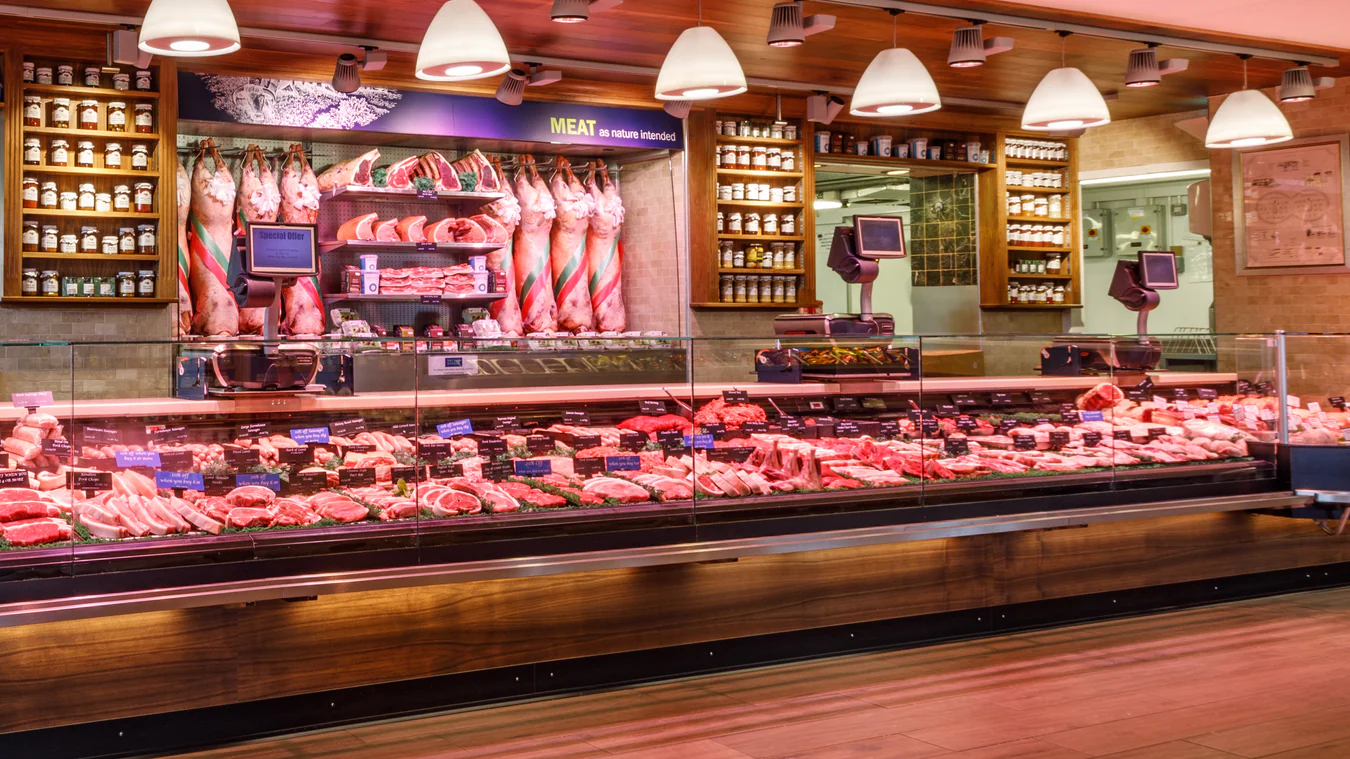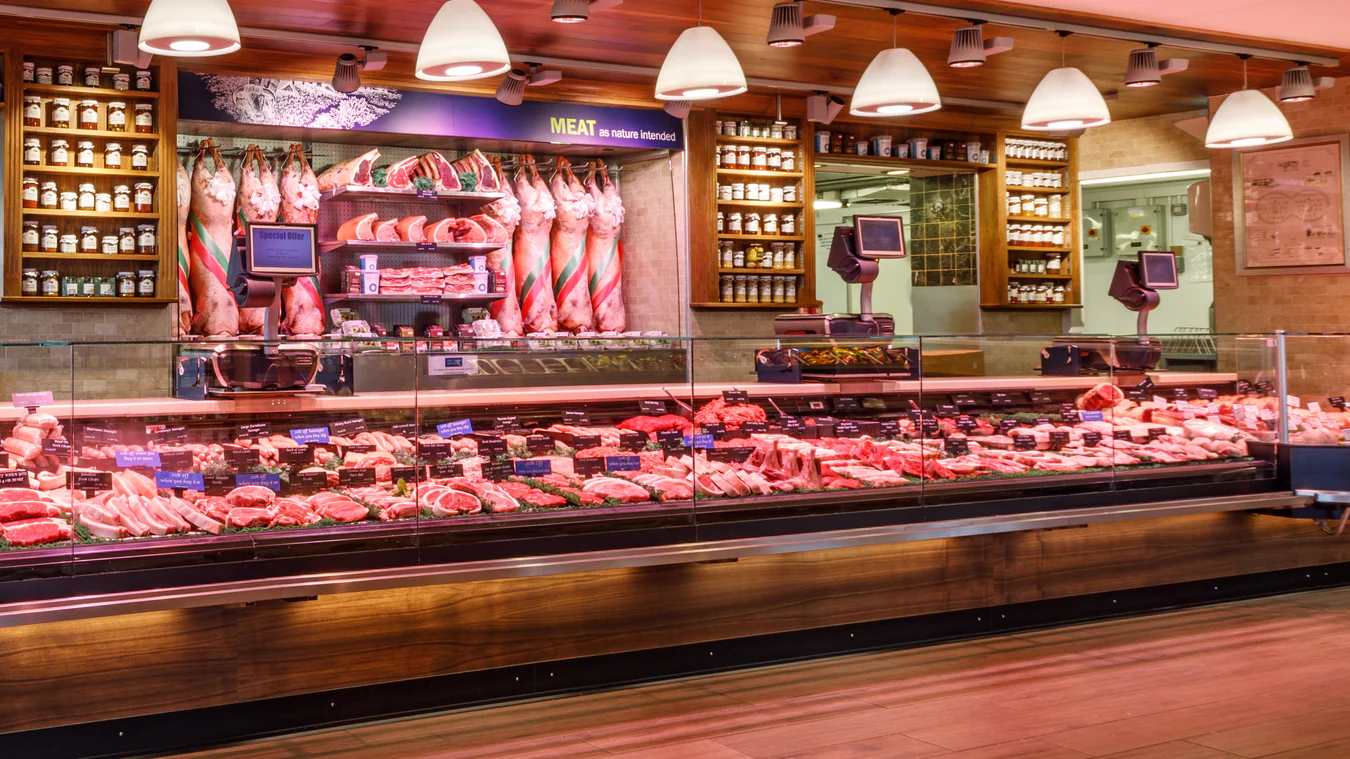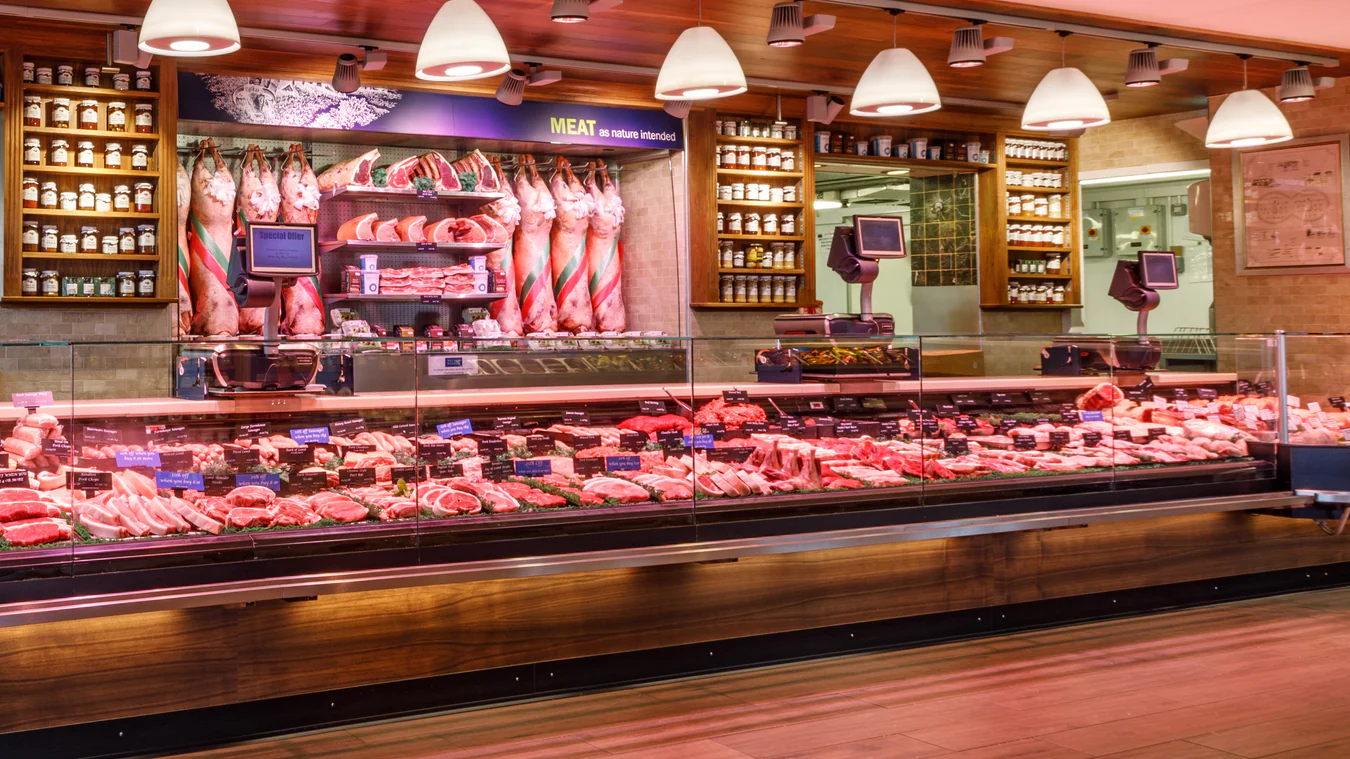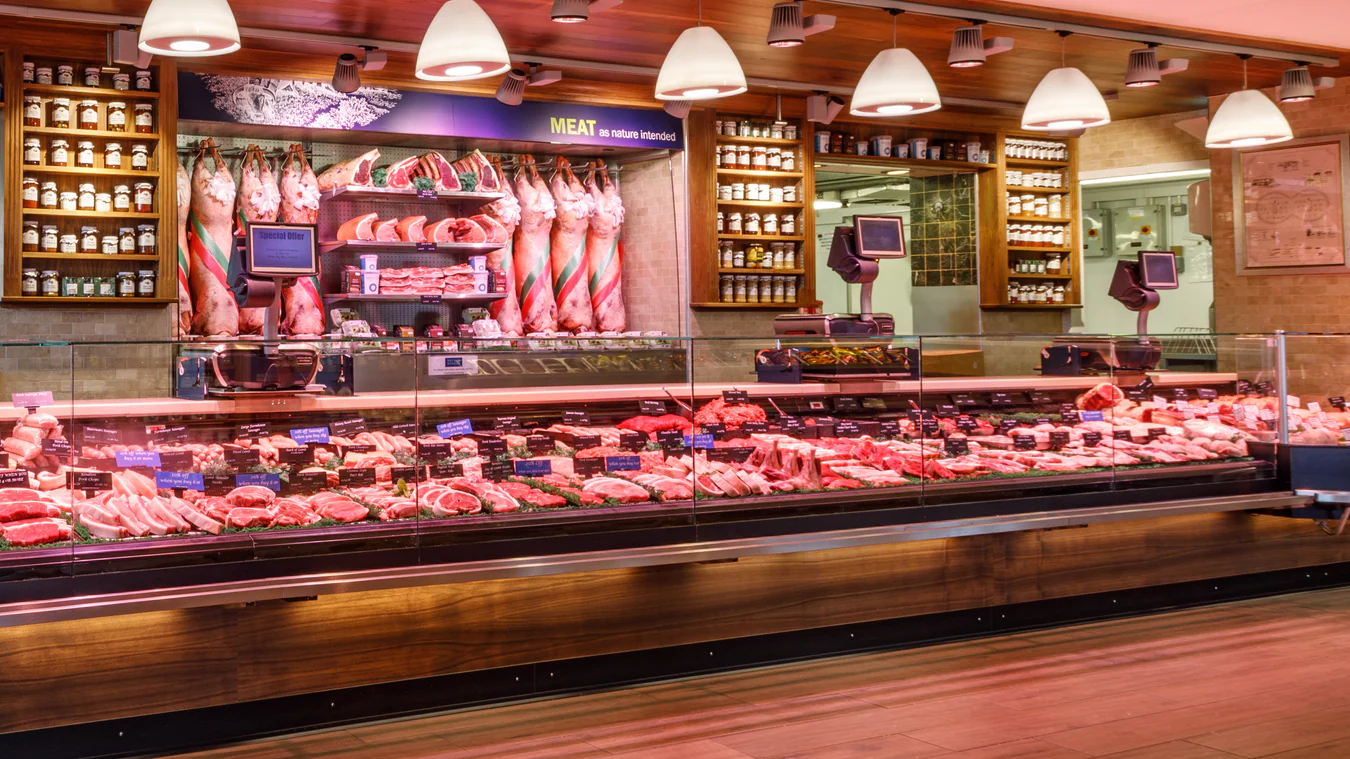Butchers Equipment Insurance: Protecting Specialist Machinery
Published by Insure24 - Your Commercial Insurance Specialists
Running a butcher shop involves significant investment in specialized equipment that's essential for daily operations. From industrial meat grinders and band saws to refrigeration units and vacuum packaging machines, this equipment represents a substantial financial commitment that needs proper protection. Butchers equipment insurance provides comprehensive coverage for these valuable assets, ensuring your business can continue operating even when unexpected incidents occur.
Understanding the Risks to Butchers Equipment
Butcher shops face unique risks that can damage or destroy expensive equipment:
Mechanical Breakdown
Heavy-duty meat processing equipment operates under constant stress. Motors can burn out, cutting blades can snap, and hydraulic systems can fail. These breakdowns often occur without warning and can halt operations immediately.
Electrical Failures
Power surges, electrical faults, and wiring issues can damage sensitive electronic components in modern butchery equipment. Refrigeration units are particularly vulnerable to electrical problems.
Fire and Explosion
The combination of electrical equipment, grease, and combustible materials creates fire risks. Gas-powered equipment adds explosion hazards that could destroy entire operations.
Theft and Vandalism
Expensive portable equipment like meat slicers, grinders, and scales are attractive targets for thieves. Vandalism can also cause significant damage to fixed equipment.
Accidental Damage
Heavy equipment can be damaged during cleaning, maintenance, or through operator error. Even minor accidents can result in costly repairs or replacements.
Essential Equipment Requiring Coverage
Meat Processing Equipment
- Industrial Meat Grinders: High-capacity machines costing thousands of pounds
- Band Saws: Precision cutting equipment essential for portioning
- Meat Slicers: Commercial-grade slicing machines for deli operations
- Tenderizers: Mechanical and blade tenderizing equipment
- Bone Saws: Specialized cutting equipment for breaking down carcasses
Refrigeration Systems
- Walk-in Coolers: Large-scale refrigeration units for meat storage
- Display Cases: Refrigerated display units for customer areas
- Blast Chillers: Rapid cooling equipment for food safety
- Freezer Units: Commercial freezers for long-term storage
Packaging and Weighing Equipment
- Vacuum Packaging Machines: Sealing equipment for product preservation
- Commercial Scales: Precision weighing equipment for pricing
- Wrapping Machines: Automated packaging systems
- Labeling Equipment: Automated labeling and pricing systems
Types of Coverage Available
All Risks Equipment Insurance
Comprehensive coverage protecting against accidental damage, theft, fire, flood, and other perils. This broad coverage ensures protection against both common and unexpected risks.
Mechanical Breakdown Insurance
Specific coverage for equipment failure due to mechanical or electrical breakdown. This includes coverage for motors, compressors, and other mechanical components.
Business Interruption Coverage
Protection for lost income when equipment breakdown forces business closure. This coverage helps maintain cash flow during repair periods.
Refrigeration Breakdown Coverage
Specialized coverage for spoilage losses when refrigeration equipment fails. This includes the cost of replacing spoiled inventory and emergency refrigeration rental.
Portable Equipment Coverage
Protection for equipment that moves between locations or can be easily stolen. This includes coverage both on and off premises.
Key Policy Features to Consider
Replacement Cost vs. Actual Cash Value
Choose replacement cost coverage to ensure you can afford modern equipment replacements. Actual cash value policies may leave you short of funds for equivalent replacements.
Agreed Value Coverage
For specialized or custom equipment, agreed value coverage eliminates disputes about equipment worth at claim time.
Temporary Replacement Coverage
Coverage for rental equipment while permanent repairs are made. This keeps your business operating during extended repair periods.
Expediting Expenses
Coverage for rush delivery charges and overtime labor costs to minimize business interruption.
Spoilage Coverage
Protection for inventory losses when refrigeration equipment fails, including coverage for emergency storage costs.
Factors Affecting Insurance Costs
Equipment Value and Age
Newer, more expensive equipment typically costs more to insure but may qualify for discounts due to better safety features and reliability.
Business Location
Areas with higher crime rates or natural disaster risks may face higher premiums. Security measures can help reduce these costs.
Safety and Maintenance Practices
Regular maintenance programs and safety protocols can qualify for premium discounts. Documented maintenance schedules demonstrate risk management.
Claims History
Previous equipment claims can affect pricing. A clean claims history often results in better rates.
Security Measures
Alarm systems, security cameras, and robust locks can reduce theft risks and lower premiums.
Risk Management Best Practices
Regular Maintenance Programs
Implement scheduled maintenance for all equipment. Regular servicing prevents many mechanical failures and extends equipment life.
Staff Training
Ensure all staff understand proper equipment operation and safety procedures. Many equipment failures result from improper use.
Temperature Monitoring
Install temperature monitoring systems with alarms for refrigeration units. Early warning systems prevent spoilage losses.
Security Measures
Implement comprehensive security including alarms, cameras, and secure storage for portable equipment.
Emergency Procedures
Develop procedures for equipment failures, including emergency supplier contacts and backup refrigeration plans.
Making a Claim: What to Expect
Immediate Steps
Contact your insurer immediately when equipment is damaged. Take photos and secure the area to prevent further damage.
Documentation Requirements
Provide purchase receipts, maintenance records, and detailed damage descriptions. Good documentation speeds claim processing.
Equipment Assessment
Insurers may send specialists to assess equipment damage. Cooperate fully and provide access to maintenance records.
Repair vs. Replacement
Insurers will determine whether equipment should be repaired or replaced based on cost and safety considerations.
Business Interruption Claims
Document lost income and additional expenses during equipment downtime. Keep detailed records of all financial impacts.
Choosing the Right Insurance Provider
Industry Experience
Select insurers with experience in food service and butchery operations. They understand your unique risks and equipment needs.
Claims Service
Research the insurer's claims handling reputation. Quick, fair claims service is crucial when equipment failures threaten your business.
Coverage Flexibility
Choose insurers offering customizable coverage options. Your equipment insurance should match your specific business needs.
Risk Management Support
Some insurers provide risk management services including equipment maintenance guidance and safety training.
Financial Stability
Verify the insurer's financial strength ratings. You need confidence they can pay claims when needed.
Common Policy Exclusions
Wear and Tear
Normal wear and deterioration are typically excluded. Regular maintenance helps distinguish between normal wear and covered damage.
Gradual Deterioration
Slow deterioration over time is usually excluded. Sudden and accidental damage is covered.
Intentional Damage
Damage caused deliberately by staff or owners is excluded from coverage.
War and Terrorism
These perils are typically excluded but may be available as separate coverage.
Nuclear Risks
Nuclear contamination and radiation damage are standard exclusions.
Future-Proofing Your Coverage
Regular Policy Reviews
Review coverage annually as you add new equipment or expand operations. Ensure coverage limits remain adequate.
Technology Updates
Modern equipment often includes computer controls and software. Ensure your policy covers these technological components.
Business Growth
Plan for expansion by understanding how additional equipment affects your insurance needs and costs.
Regulatory Changes
Stay informed about food safety regulations that might require equipment upgrades or modifications.
Market Trends
Monitor industry trends that might affect equipment values or introduce new risks requiring coverage adjustments.
Conclusion
Butchers equipment insurance is essential protection for any meat processing business. The specialized nature of butchery equipment, combined with the significant investment required, makes comprehensive coverage a business necessity rather than an option. By understanding the risks, selecting appropriate coverage, and implementing good risk management practices, you can protect your equipment investment and ensure business continuity.
The key to effective equipment insurance lies in working with experienced insurers who understand your industry's unique challenges. Regular policy reviews, proper documentation, and proactive risk management will help ensure you have the protection you need when equipment failures threaten your operations.


 0330 127 2333
0330 127 2333
